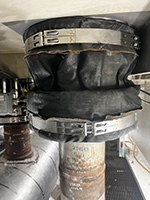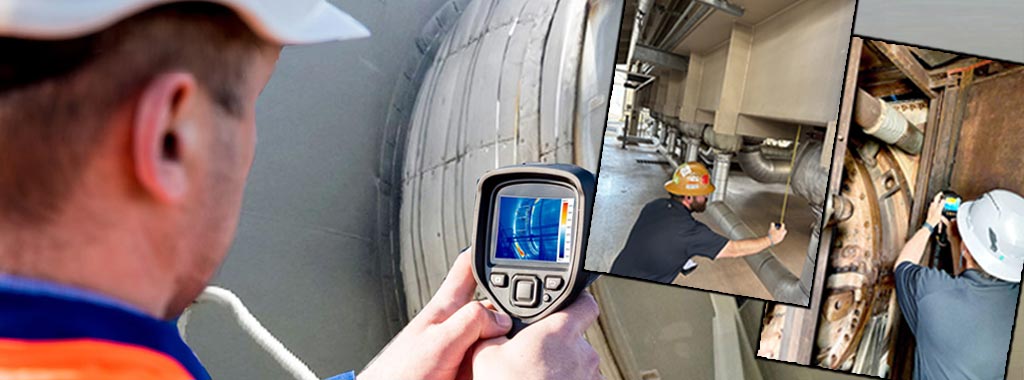
HRSG BOILER PENETRATION SEALS
Advanced Sealing Technology for HRSG Boiler Penetrations
The Heat Recovery Steam Generator connects the combustion turbine and the steam turbine together to produce electricity and determines the power and efficiency potential of the entire combined cycle plant. HRSG efficiency is dependent on optimizing operating conditions such as pressure levels, temperature differences, and heat losses.
HRSG penetration pipes are subject to high temperatures and large movements, requiring a tight seal at the shell casing. Installing penetration seals is a reliable solution to accommodate the stresses imposed on the piping and maximize the life of the unit. Well maintained penetration seals are key to ensuring your HRSG is maximizing all available heat and reducing emissions.

PSIG Penetration Seal Designs
Provide reliable and high-performance sealing options that decrease energy loss and a long service life to prevent unplanned shutdowns:
- From high temperature designs for module #1 to low temperature seals installed close to the stack, PSIG penetration seals are optimized for cold and hot modules
- Multi-directional functionality that accommodates high lateral and axial movement with a shorter overall length
- Provides gas-tight seals for minimal leakage protects personnel and reduces emissions
- Depending on ventilation and proximity to other heat sources, PSIG seals are internally insulated with outer cover temperature ranging between 200°F and 350°F. Additionally, the internal pipe insulation does not compress during movement and is rated at 1400°F

Onsite Service
A well planned and successful installation of your penetration seals is equally important as the design. PSIG field service team is comprised of experienced and professional technicians, supervisors, and managers who provide inspection, installation, repair, and can identify potential interferences from pipes and other structural supports.
Contact PSIG for a comprehensive inspection of your HRSG including photos, thermography, and a replacement/maintenance plan for your existing seals and expansion joints.
